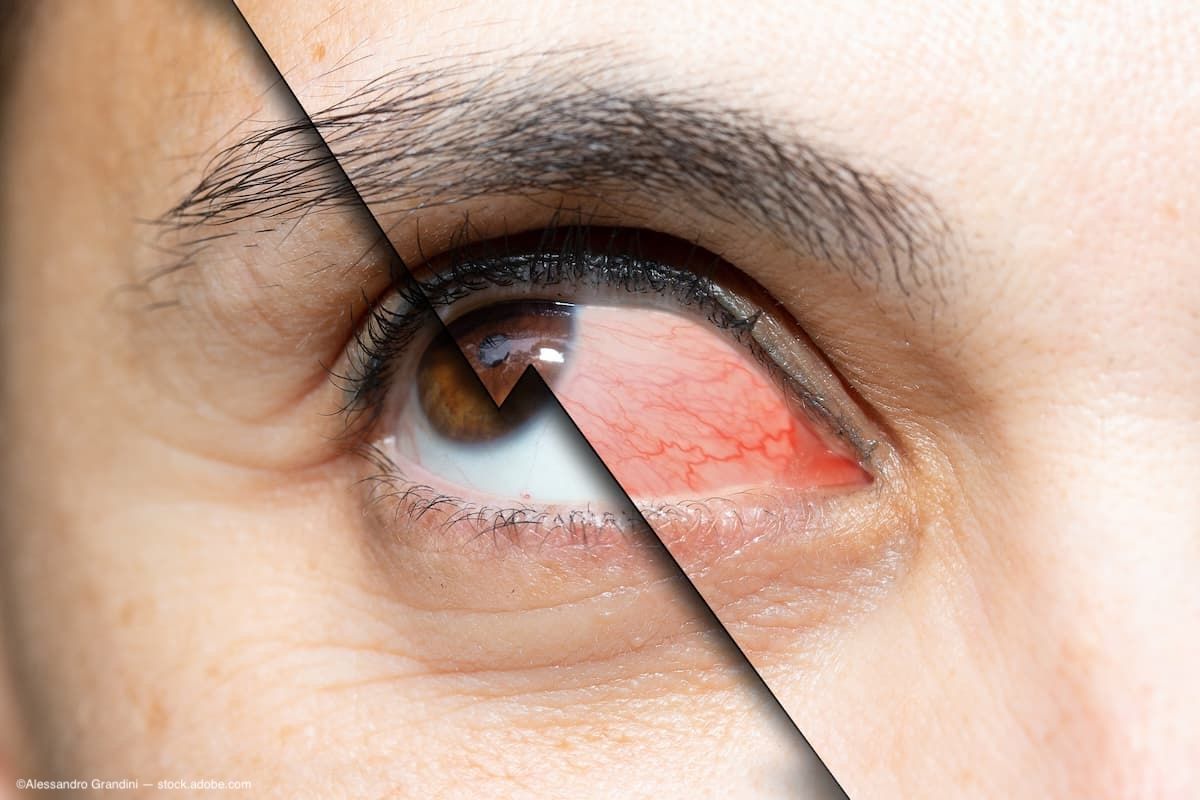Article
FDA approves insert for non-infectious uveitis affecting posterior segment
The FDA has approved a dexamethasone 0.7 mg intravitreal implant (Ozurdex, Allergan) for the treatment of non-infectious posterior uveitis.
Irvine, CA-The FDA has approved a dexamethasone 0.7 mg intravitreal implant (Ozurdex, Allergan) for the treatment of non-infectious ocular inflammation, or uveitis, affecting the posterior segment of the eye.
The biodegradable implant delivers an extended release of the corticosteroid using a proprietary solid polymer delivery system (Novadur, Allergan).
The efficacy of the insert was assessed in a 26-week, multicenter, double-masked, randomized clinical study in which 77 patients received 0.7 mg of the drug and 76 patients received sham injections. Eligible patients had non-infectious ocular inflammation of the posterior segment with intermediate or posterior uveitis, a vitreous haze grade of >+1 on the 0 to 4 classification scale, and best-corrected visual acuity (BCVA) of 10 to 75 letters on the Snellen eye chart. In terms of vitreous haze, a score of +1 on the scale indicates slightly blurred optic nerve and vessels. Severity increases with each grade of the scale, with grade 4 indicating that the optic nerve head is obscured. Key exclusion criteria included history of glaucoma or use of IOP-lowering medications within the last month.
After a single injection of dexamethasone 0.7 mg, the percent of patients reaching a vitreous haze score of zero (where a score of zero represents no inflammation) was statistically significantly greater for patients in the dexamethasone 0.7 mg-treated group versus sham (47% versus 12%, respectively) at the week 8 primary endpoint. In addition, the percent of patients achieving a three-line improvement in BCVA was 43% in the dexamethasone 0.7 mg-treated group versus 7% for the sham group at week 8.
“The approval of [dexamethasone 0.7 mg] offers physicians another option to treat ocular inflammation resulting from uveitis affecting the posterior segment of the eye,” said Scott Whitcup, MD, Allergan’s executive vice president, research and development, and chief scientific officer. “It is also a milestone for Allergan's retina franchise, which exemplifies our continued commitment to developing and bringing to market advanced therapies that meet the unmet medical needs of patients with difficult-to-treat retinal diseases.”
The insert is used in an in-office procedure. The treatment is available to physicians and patients in the United States and the European Union. The dexamethasone implants initially were approved in June 2009 for the treatment of macular edema following retinal vein occlusion.
Newsletter
Don’t miss out—get Ophthalmology Times updates on the latest clinical advancements and expert interviews, straight to your inbox.




